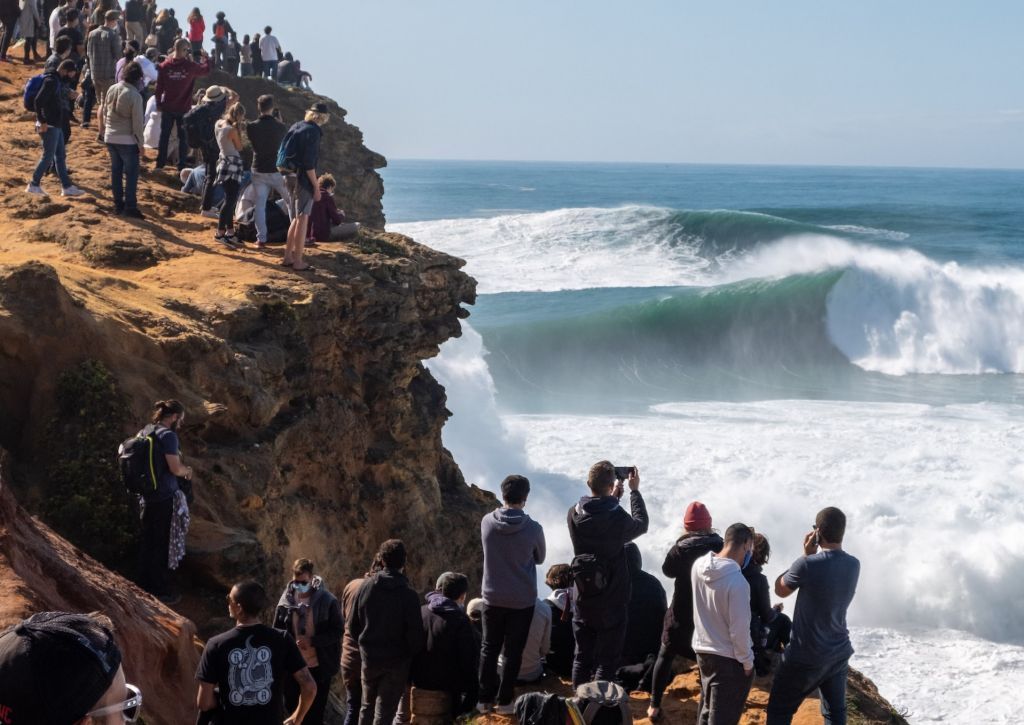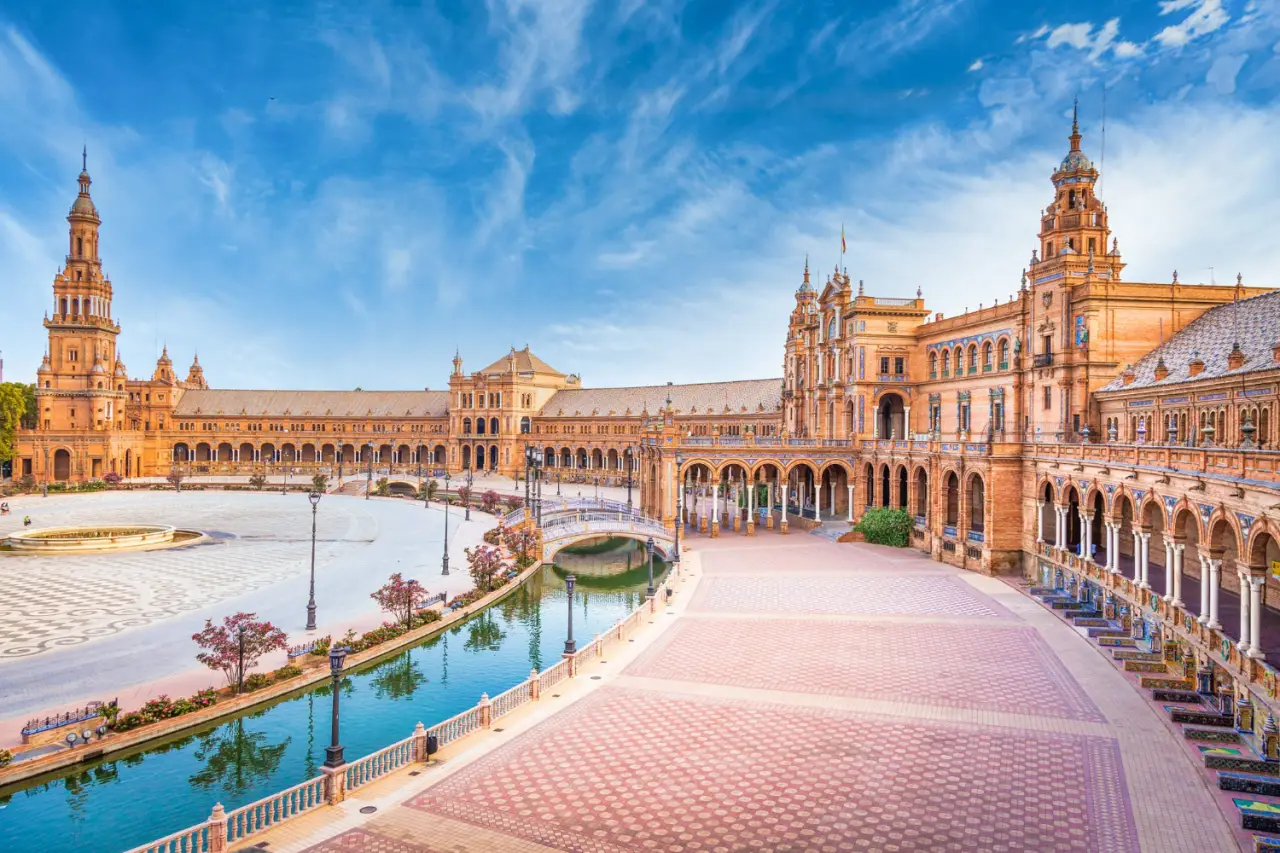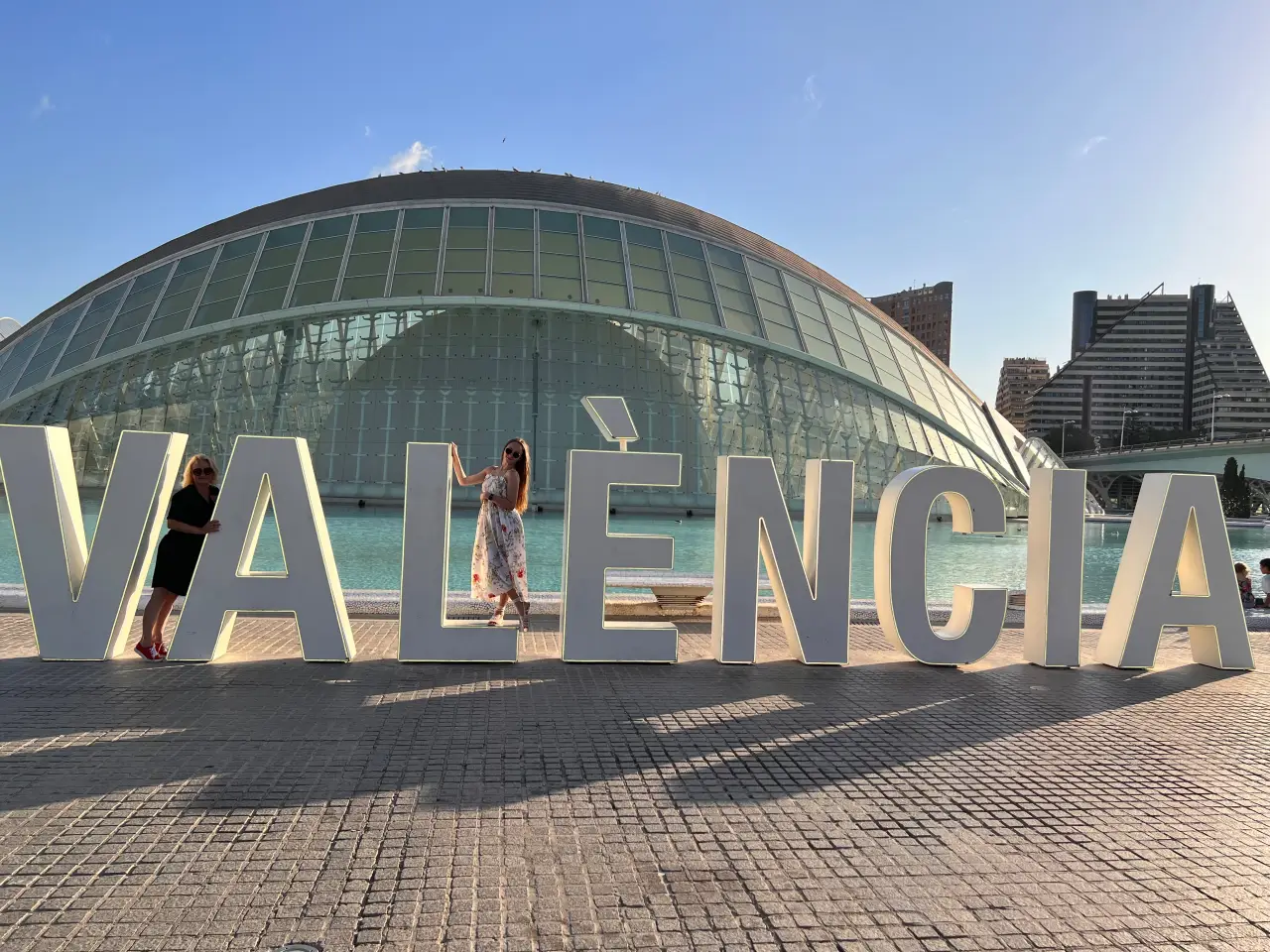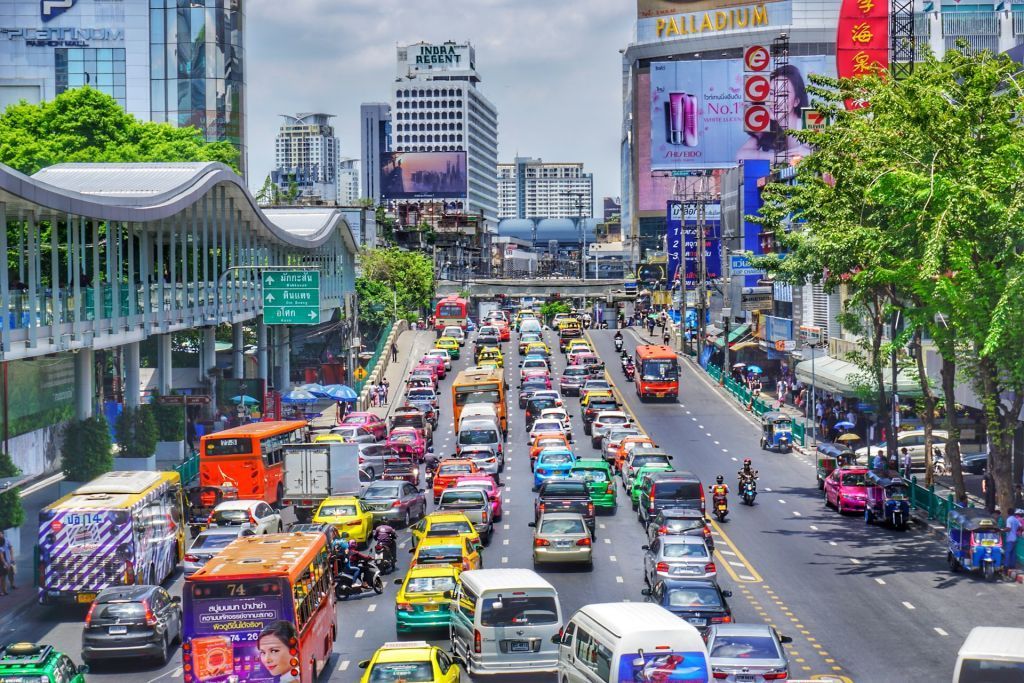Thailand Convention and Exhibition Bureau (TCEB), a public organisation, continues to drive its MICE City strategy to raise awareness for Chiang Mai’s events.
Establishing strategic guidelines to develop Chiang Mai into a complete MICE City in the northern region, TCEB collaborates with local communities and stakeholders to promote post-event tours and travel experiences for corporate travellers.
In Chiang Mai, post-event activities showcase local lifestyle, historical and cultural attributes.
In addition, TCEB joins hands with active co-operatives in various communities to promote neighbourhood projects as alternative venues for MICE activities to create opportunities for sustainable MICE City.
Mr. Chiruit Isarangkun Na Ayuthaya, President of TCEB, said TCEB has adopted key principles to foster cooperative partnership among the public, private, and community sectors to promote the MICE industry through activities that drive the economy and generate revenues to local communities.
According to the 12th National Economic and Social Development Plan (2018-2021), Strategy for Regional, Urban, and Economic Zone Development, the government aims to develop the northern region into a high-value creative economy.
Also, last May, Chiang Mai became the first province in Thailand to announce a detailed provincial master plan for MlCE development.
Chiang Mai has been identified for its high potential in tourism and economic development. The province has a distinct and outstanding identity and varied natural and cultural attractions.
According to a study, conducted by the International Congress and Convention Association (ICCA), Chiang Mai hosted 20 international association meetings in 2016, which earned the city second place among non-capital cities, or second-tier municipalities in ASEAN.
Meanwhile, in 2017, Chiang Mai welcomed 50,881 international MICE travellers generating 4,700.38 million baht in revenue, and 2,210,000 domestic MICE travellers generating 4,914.53 million baht in revenue.
This year, numerous local MICE activities in Chiang Mai have been upgraded to an international level. This has involved expanding event formats as well as the scope of exhibitors and visitors attending events to promote business opportunities for the province.
Highlighted events held earlier this year included Chiang Mai Bloom 2018, which welcomed 183,569 visitors and Lanna Expo (253,504 visitors).
Also, TCEB has been active bidding for more international events to take place in Chiang Mai. Successful bids included: The World Robot Olympiad 2018 held last November with 10,000 visitors; Chiang Mai Design Week 2018 due to take placed this December with 400,000 visitors; the Endoscopic and Laparoscopic Surgeons of Asia 2019 expected to attract 1,500 visitors; and the Route Asia 2020 expected to attract 1,200 visitors.
In terms of venue standards, Chiang Mai has 18 MICE venues and 51 meeting rooms certified by the nation-wide Thailand MICE Venue Standard or TMVS.
Key strategies
Under the vision “Chiang Mai The Splendid City of Culture and the Destination for MICE in Asia”, TCEB sets out four key strategies for the northern city.
1) Engaging in public relations and marketing activities that target the Asian MICE market.
2) Upgrading services, improving tourism products and creating opportunities for MICE activities by leveraging cultural capital.
3) Developing human resources to support MICE activities in local areas.
4) Upgrading infrastructures to support MICE activities in Chiang Mai.
Exploring new routes
Within the development plan that outlines key tasks to position MICE as a tool for income distribution, six post-tour programs reflecting Chiang Mai’s local lifestyle have been created.
1) CSR and Ecotourism Route: The route promotes Mae Taeng Cooperative Limited, Doi Pha Hom Pok National Park, and On Tai Village. The latter was named as a model of Creative Industry Village (CIV), incorporating cultural resources and creativity for its products and services. Visitors will get a chance to learn about the village lifestyle and gain hands-on experience in producing local products.
(2) Historical and Cultural Route: The route promotes Baan Tawai – Chiang Mai’s long-established community known for its handicrafts. Visitors are encouraged to join the ordination of the Yang Na tree ceremony in Saraphi district as part of the environmental movement to protect 900 Yang Na trees that line the road between Chiang Mai City and Baan Pak Kong. Visitors will get a chance to learn about the production of traditional style lanterns from artisans at Mueang Sat Luang Community.
3) Team Work Route: The route promotes a series of team building activities, which also enhance brainstorming and knowledge sharing at the Huai Hong Khrai Royal Development Study Centre, Huay Tung Tao Reservoir and Punpon Farm.
(4) Adventure Route: The route showcases soft adventure activities at Chiang Mai’s natural attractions such as Doi Pha Hom Pok National Park.
(5) Thai Cuisine Route: The route showcases local gastronomy at Baan Hua Fai and Baan Dong Bang.
(6) Luxury Activities Route: The route highlights unique and luxurious experiences for MICE travellers.
Partnerships, TCEB recently joined hands with 35 Co-op Communities across the country to promote their neighbourhoods and create alternative venues for MICE activities.
The partnership supports the growth of the local economy and enhances community readiness by leveraging their creativity based on local identity and resources. At present, Co-op Communities in Chiang Mai ready for corporate’s CSR activity are Mae Taeng Cooperative Limited and Doi Saket Agricultural Cooperative Limited.
“By enhancing activities such as educational trips conducted in local communities, the project helps to generate income for locals. A cooperative centre can gather local products such as food, snacks or other processed agricultural products to promote to visitors. Meanwhile, community engagement, from the upstream to downstream, can support the development of Chiang Mai to become complete MICE City.” said Mr. Chiruit.













